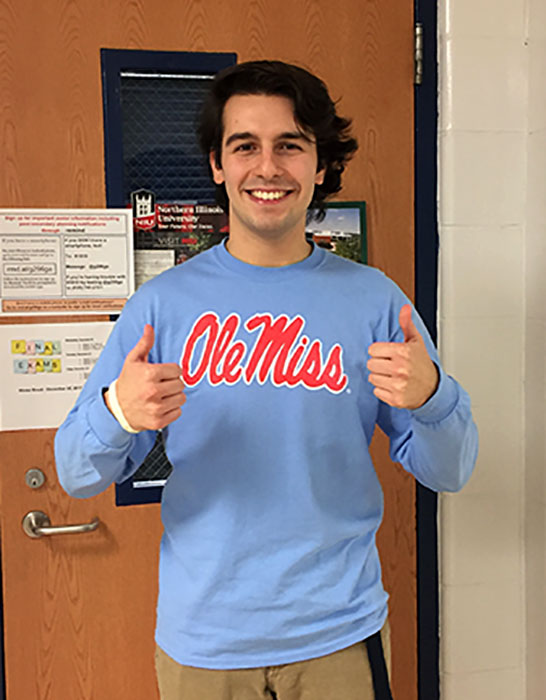College application madness: when will it stop?
Applying to college is one of the most stressful, confusing and important things DGS seniors face in their last year of high school. But why can’t the process be easier? How could it be easier?
In some ways applying to college has gotten easier. With new ways to apply such as the Common App and the Coalition App, students have found that if they apply to one school they can also easily apply to another.
This isn’t to say the Common App is perfect. It’s far from it. With near endless drop-down menus and a dizzying array of questions, it’s easy to miss a question or make a little mistake that goes unnoticed.
The online-only application also has had some serious technological limitations. On student Chromebooks the button to submit the final application is hidden from students, and on Oct. 30 the Common App website crashed and was down just two days before the important Nov. 1 deadline.
So what’s the solution? Other than making the application more streamlined and reliable there isn’t much that can be done to fix the Common App on a technical level.
The biggest problem with the Common App is not the technical flaws; instead, it’s the effect it has had on how students approach the college application process. The Common App encourages students to apply to a much larger number of schools than they otherwise would, causing them to spend extra time, effort and money on applications.
With application costs going up to almost $100 in the case of an application to Stanford—which with a cost of $90 is the highest in the nation according to the college information website cappex.com—applying to college is more expensive than ever.
The costs don’t stop there. For every extra college a student applies to, they are required to spend an additional $12 for the SAT or $13 for the ACT to send in official proof of test scores. All told, a student applying to ten colleges could spend over $1,000 just on college applications.
Colleges and related college testing companies have done little to discourage students to apply to a large number of schools; in fact they have taken concrete steps to encourage students to apply to an enormous amount of schools.
The endless emails and brochures that students are all too familiar with at this point of the year can lead to students applying to schools they previously hadn’t considered. Extra applications mean extra money for schools and for some, something even more important: acceptance rate.
Every year, U.S. News and World Report releases their Best Colleges List. One of the factors that heavily influences a school’s rank is their acceptance rate. In order to be ranked as high as possible, schools have done everything possible to increase the number of applicants, thereby decreasing their acceptance rate.
College test agencies also have a clear reason to encourage extra applications—money. But how do they encourage it? Through tools such as College Board’s Big Future College Search, students are “matched” with a huge list of potential schools. The matching system encourages students to apply to many schools they otherwise wouldn’t, contributing even more to the problem of too many college applications sent by students.
The college application process is stressful enough as is, but one way to reduce the stress is to limit the number of applications you fill out to just the colleges you can really see yourself going to.
So the next time you’re about to hit the submit button on Common App, take a pause and ask yourself if it’s really worth it to apply to another school.


